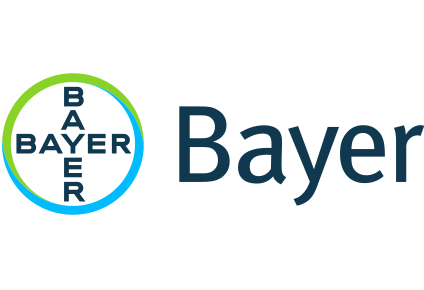Shares of Bayer have spent the past 9 years in a downtrend, falling from $28 to as low as $5. Since 2017 Bayer’s prolonged share price slump has been largely driven by its costly Monsanto acquisition, which brought with it tens of thousands of lawsuits over Roundup’s alleged cancer risk. After paying over $11 billion in settlements, Bayer still faces around 67,000 active cases, but several recent developments may be raising hopes: the company has petitioned the U.S. Supreme Court to shut down most remaining claims, multiple U.S. states are passing laws to shield pesticide makers from liability, and Bayer is exploring a Monsanto bankruptcy to limit future exposure. While risks remain, especially with unpredictable jury verdicts, the worst may be priced in. The stock has recently begun to rise, possibly reflecting optimism that the legal cloud could meaningfully clear by 2026.
Technically speaking, shares of Bayer have for the first time in many years entered the favored zone of the SIA International ADR Index Report. For those who monitor drug stocks in general, and Bayer specifically, this may be considered unusual given the overhang of the many thousands of outstanding liability claims against the company. Nevertheless, shares are now outperforming on a relative basis, with a quarterly move of 27.66% and YTD performance of 71.88%, far outpacing the S&P 500 Index return of 15.57% and 8.64% over the same time frames.
In the attached monthly candlestick chart, this downward trend is outlined with the red line, which extends back to 2016. Shares have been unable to move above it, possibly reflecting the challenging fundamental situation facing the company. Also of note is the ADX lines moving to positive (red/DX+ turning up), as shown in the box below the candlestick chart. The ADX (Average Directional Index) is a technical indicator that measures the strength of a trend, regardless of its direction. These readings may assist investors in identifying whether a market is trending or consolidating by analyzing the relationship between upward and downward movement, which in this case is reading up.
The point and figure (p&f) chart is another interesting vector of review, given the recent move higher to $8.51, which added another box beyond prior resistance and completed a corresponding spread double top. This last X is also green, which illustrates the favored positioning within the SIA International ADR Index Report mentioned above and may offer another way to view this move higher, through a relative strength lens. Next resistance on the point and figure chart might now occur at $9.77, which is near the negative trend line as well as notable resistance just below the last consolidation range. That range, at its lower limits, is $11.00 and extends up to $18.00. Support, on the other hand, might initially manifest at the 3-box reversal levels at $7.86 and $7.41, while additional p&f support is observable at $6.71. The drug sector has been a lackluster area for many years, which SIA practitioners may observe technically in the SIA Sector Report and in this chart as a red reading at the top. That said, the SIA SMAX score, although a shorter-term reading of relative strength against a basket of other asset classes, is currently positive, which may be another interesting signal given the broader weakness in the space.
Disclaimer: SIACharts Inc. specifically represents that it does not give investment advice or advocate the purchase or sale of any security or investment whatsoever. This information has been prepared without regard to any particular investors investment objectives, financial situation, and needs. None of the information contained in this document constitutes an offer to sell or the solicitation of an offer to buy any security or other investment or an offer to provide investment services of any kind. As such, advisors and their clients should not act on any recommendation (express or implied) or information in this report without obtaining specific advice in relation to their accounts and should not rely on information herein as the primary basis for their investment decisions. Information contained herein is based on data obtained from recognized statistical services, issuer reports or communications, or other sources, believed to be reliable. SIACharts Inc. nor its third party content providers make any representations or warranties or take any responsibility as to the accuracy or completeness of any recommendation or information contained herein and shall not be liable for any errors, inaccuracies or delays in content, or for any actions taken in reliance thereon. Any statements nonfactual in nature constitute only current opinions, which are subject to change without notice.














